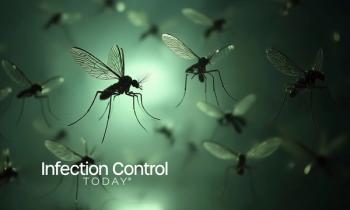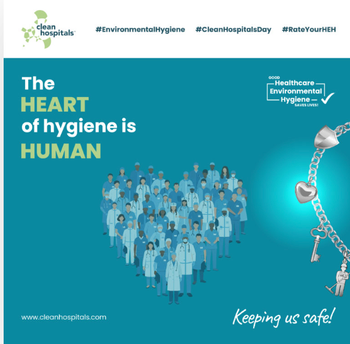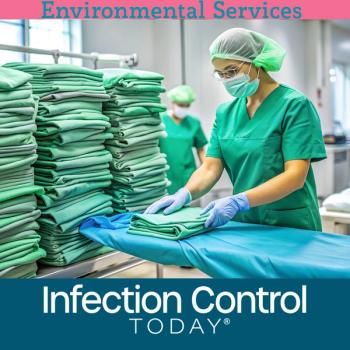
APIC Responds to New HHS Report on HAIs
The Association for Professionals in Infection Control and Epidemiology (APIC) has issued the following statement in response to the release of the First State-Specific Healthcare-Associated Infections Summary Data Report released by the Department of Health and Human Services (HHS) Department today:
“The Centers for Disease Control and Prevention (CDC) released a report today showing that U.S. healthcare facilities have reduced the rate of central-line associated bloodstream infections by 18 percent. The report compares national and state data from January to June 2009 with national data from 2006 to 2008. Central-line associated bloodstream infections (CLABSIs) are estimated to claim the lives of 30,000 U.S. patients each year and contribute significantly to healthcare costs.
“APIC is encouraged by this report, which shows significant progress in preventing healthcare-associated infections (HAIs) in many of our nation’s hospitals. The new report is based on epidemiologically sound, surveillance data collected through the CDC’s healthcare-associated infection monitoring system, the National Healthcare Safety Network (NHSN). Collected in a standardized fashion, using standardized definitions, these data provide a solid benchmark against which future efforts can be measured and represent the quality of data that are needed for the prevention HAIs. APIC believes the NHSN surveillance network is the best currently available method for ensuring the establishment of a scientifically meaningful reporting and monitoring system for HAIs.
“While not all healthcare-associated infections are preventable, APIC believes that every healthcare institution should be working toward a goal of HAI elimination. Many of our member facilities have seen that central-line associated bloodstream infections can be reduced to zero, and that in many instances “zero” can be maintained. Reducing infections also conserves healthcare resources by decreasing excess length-of-stay and associated costs.
“While many healthcare institutions have made progress, some still lag behind. Preventing infections requires the full commitment of hospital leadership to ensure adequate resources and to instill a culture of patient safety within the institution. Adequately resourced programs include a sufficient number of trained staff to interpret the data and lead interventions. Infection prevention programs also require automated surveillance technologies that streamline the review and collection of infection data, allowing infection preventionists to focus on the activities that protect patients. Eliminating preventable infections is the right thing to do for our patients and for our healthcare institutions.”
Newsletter
Stay prepared and protected with Infection Control Today's newsletter, delivering essential updates, best practices, and expert insights for infection preventionists.





